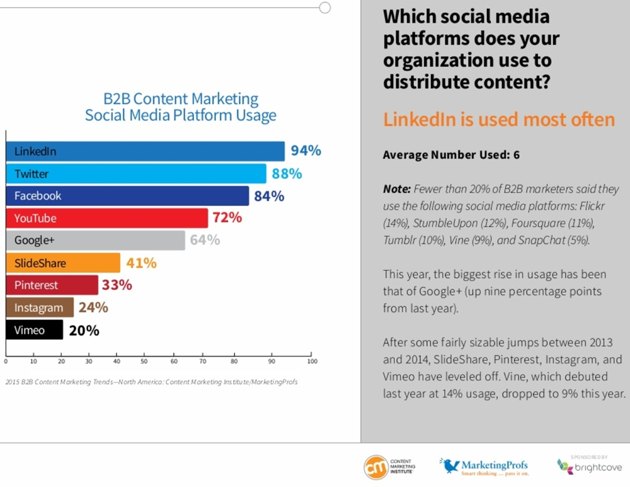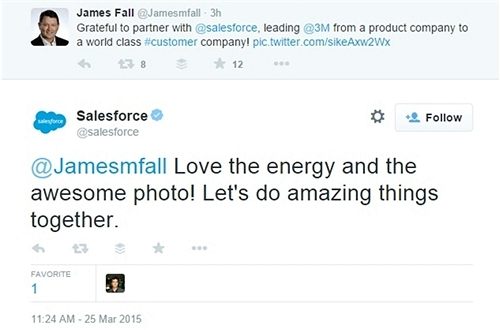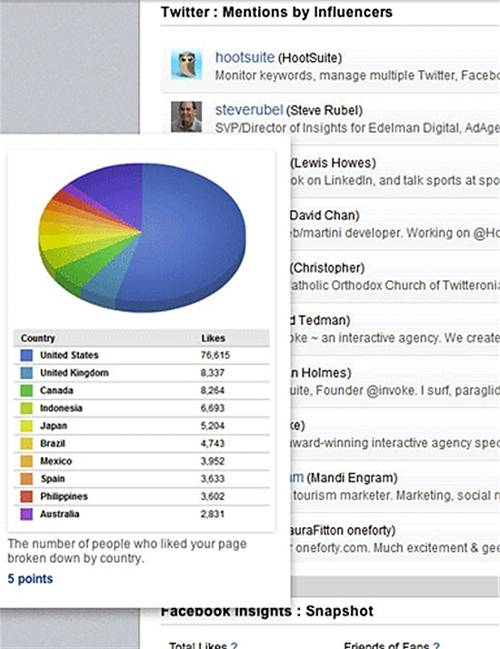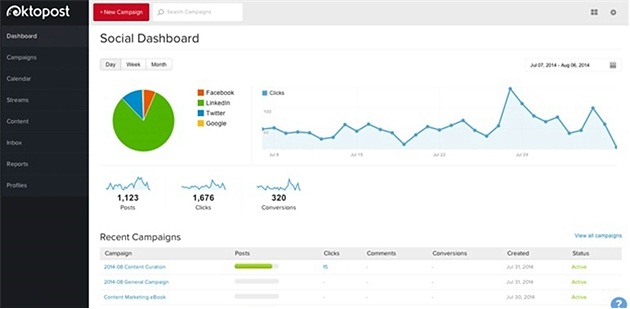Most B2B companies are not great at social media marketing. Often, they're too boring, or too product-focused, to engage social media users and develop a loyal following. As a result, they fail to achieve long-term success, which leads management and decision-makers to conclude social media is a B2C marketing channel.
Which is wrong, of course.
If you're a social media manager or marketer for a B2B company, you need to do things differently.
Creating awareness about social media and managing the expectations of your company leadership should be on your priority list, certainly, but you also need to make sure that the goals of your strategy include making a clear contribution to goals of your company.
Your B2B social media marketing strategy should therefore focus on the following steps.
1. Understand the difference between B2B and B2C social media
You need to identify the platforms that can generate sales leads for your company. This is where B2B social media is different.
B2C companies often use social media as a direct selling channel. Their strategies are focused on consumers, who generally have the authority to make purchasing decisions themselves. They don't have hierarchies to cross or approvals to seek.
But when targeting B2B clients via social media, you need to understand the standard decision-making process in your target industry. It's almost impossible to think that a B2B sales can occur because of just a few social media posts. Most of the time, the B2B purchasing process includes multiple approvals, cost analyses, and layers of decision-making.
A more practical approach should be to use social media as an engagement channel. When pitching a social media strategy to your decision-makers, your proposed ROI should be based on engagement and lead generation instead of direct sales. You need to qualify leads that your sales and marketing teams can work on.
At the same time, you need to highlight the branding part of your strategy. Social media marketing is much more than posting a few updates on Facebook and Google+ and sending out a few Tweets. It's a complete branding channel where you express your company's distinct voice, create the community effect,t and establish a brand image that is consistent with your company's values.
2. Create the right content for the right platform
A social media strategy cannot be created in isolation, especially when your objective is to increase engagement and strengthen your brand image. You need to have a strong content marketing strategy as well.
At the same time, you need to identify the right platforms where you can generate leads and engage potential customers.
At least 9 in 10 B2B marketer use LinkedIn for disseminating their content, according to MarketingProfs and Content Marketing Institute.
Moreover, some 80% of B2B social media leads are generated from LinkedIn, with more than 86% of conversions among LinkedIn-generated leads coming from LinkedIn discussion groups, according to B2B social media management platform Oktopost:
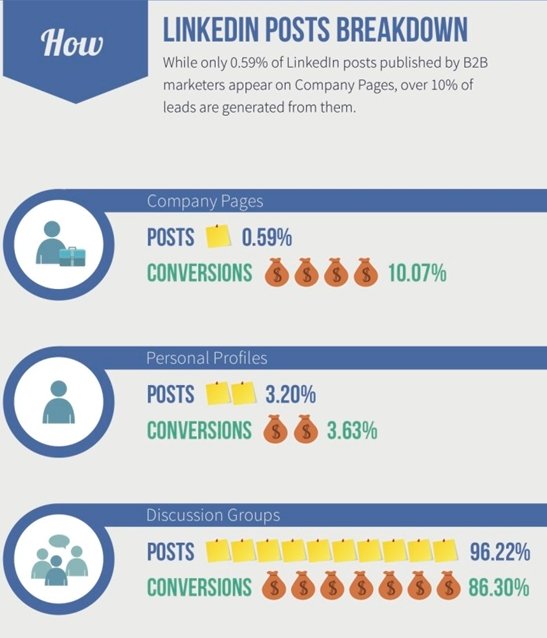
In B2C, however, Facebook and Twitter are the social media used most to directly reach consumers.
To harness the power of LinkedIn groups, and even some of the other social networks, you need to analyze the discussions of your target users. Then, create content that solves their problems and gives them new ideas. Win people over with the usefulness of your content. The value you share will contribute directly toward your branding and lead-generation efforts.
